Earth Day 2022: Save polar bears by protecting mothers and cubs, experts say
The ability for polar bears to survive is becoming more uncertain, they warn.
The ability for polar bears to survive in coming decades is becoming more uncertain as global warming continues to melt the Arctic at unprecedented rates, experts warn.
Now, biologists and conservationists determined to save the species have zeroed in on a plan to increase populations: focus on the survival of mothers and cubs, who find themselves increasingly vulnerable to dwindling habitat and food sources, they tell ABC News.
The "fundamental" key to the survival of polar bears is the availability of sea ice cover, Louise Archer, a researcher at the University of Toronto Scarborough's Department of Biological Sciences, told ABC News.
The Arctic is currently warming twice as fast as the rest of the planet, according to the Arctic Report Card published by the National Oceanic and Atmospheric Administration in December, leaving the Arctic in a "dramatically different state," with a substantial decline since 1979.
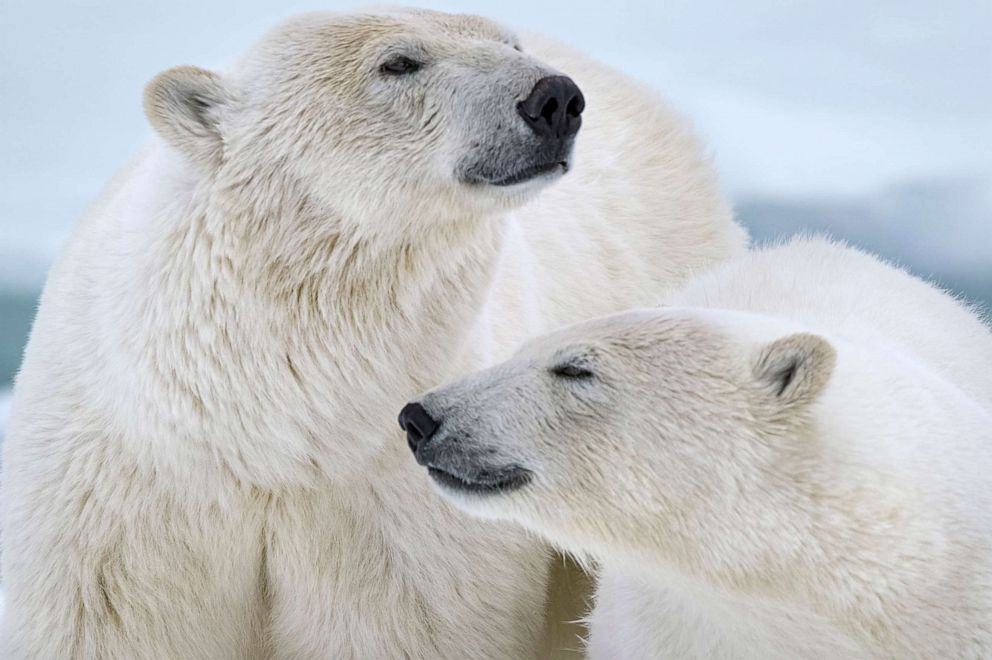
It takes an incredible amount of energy for mothers to raise their cubs, but ironically they are not the most efficient hunters, Archer said. They rely on the sea ice as a platform from which to access marine mammals from.
"So having access to sea ice is extremely important to ensure the survival of adults, but also, so that females can support the survival of their cubs," Archer said. One of the "biggest challenges" from global warming is bears will have to respond to sea ice conditions, or the lack thereof, that have never been experienced in the Arctic before, she said.
Polar bear mothers, especially, need nutrients because they lactate for up to two-and-a-half years, the entire time "the cubs are taking in energy from their moms," Archer said.
When the cubs are born in the den, they only weigh about a pound or two, she said. But their mother has to raise them to about 10 to 20 pounds before she can go out onto the sea ice and hunt again.
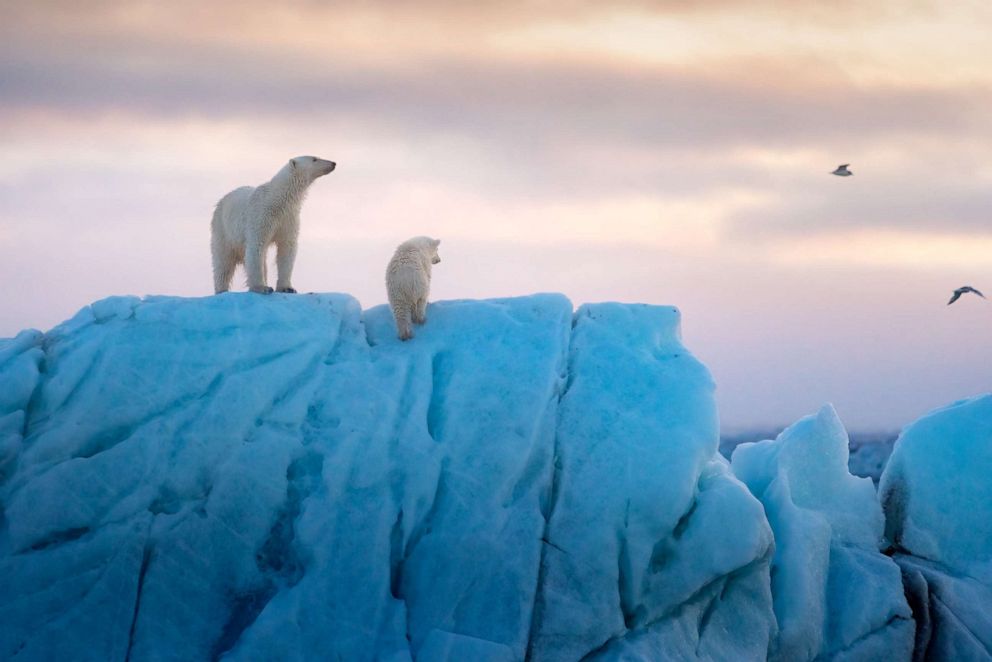
All the months in hibernation are not spent sleeping. The mother is nursing, grooming the cubs and maintaining the den, which involves scratching the ceiling and walls with her claws to allow airflow. Otherwise, the den would get completely iced over, and no oxygen would be able to get in, Geoff York, senior director of conservation group Polar Bears International, told ABC News.
The mothers and cubs begin to emerge from their dens after four to eight months of not eating or drinking. The priority is to build up fat stores before the sea ice begins to melt in the summer. But if the sea ice is melting sooner, that's less time for the mothers to hunt -- and to teach her children to do so -- and less time to regain the fat stores they lost while fasting and lactating in the den.
"Anything that sort of interrupts that sequence is potentially fatal to the reproductive attempt of the female," Andrew Derocher, a professor of biological science at the University of Alberta, told ABC News. "It's a chain of events that is incredibly sensitive to things like sea ice break up in the springtime -- and that's one of the key metrics that we monitor, is when is the ice breaking out."
Derocher believes the mother-cub relationship is so integral is because it is an "incredible part of their life history." After they leave the den, the mothers have an incredible task of teaching the cubs to swim, hunt and one day survive on their own.
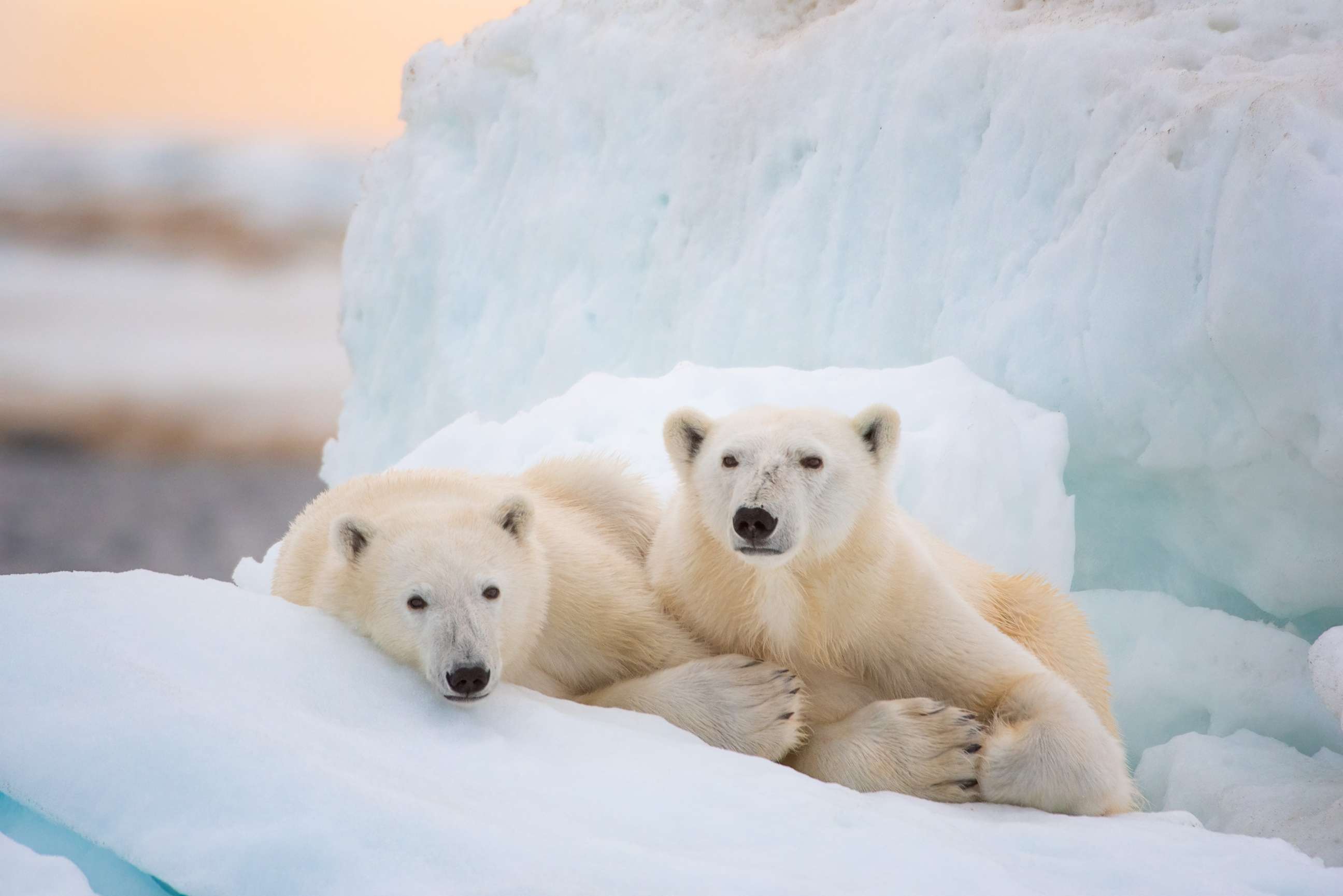
It is that relationship that provides a "powerful emotion and a very forceful narrative" for Disney's new film "Polar Bear," which follows a mother with her cubs as they embark on that journey, Alastair Fothergill, one of the directors of the film, told ABC News.
In the first years of a polar bear's life, they are "extraordinarily dependent on their mother," said Fothergill, who has been filming in the Arctic for more than 25 years.
The biggest change Fothergill has witnessed as a result of the ice melting is the new tricks mothers are teaching their cubs, such as climbing cliffs to get bird eggs and chicks, as well as learning to hunt walrus calves -- a dangerous feat, as the mother walruses defend their young with their tusks. Previously, seals served as their primary source of food.
Experts have found that the health of a polar bear population can be determined by "three good winters," York said. Last year, he witnessed a mother with triplet cubs in the Western Hudson Bay of Canada -- an increasingly rare sight in a population that has declined 30% in the last 40 years.
"That's kind of what polar bears need," he said. "They need three good years to bring cubs from birth to sub adulthood and get them out of the sub population."
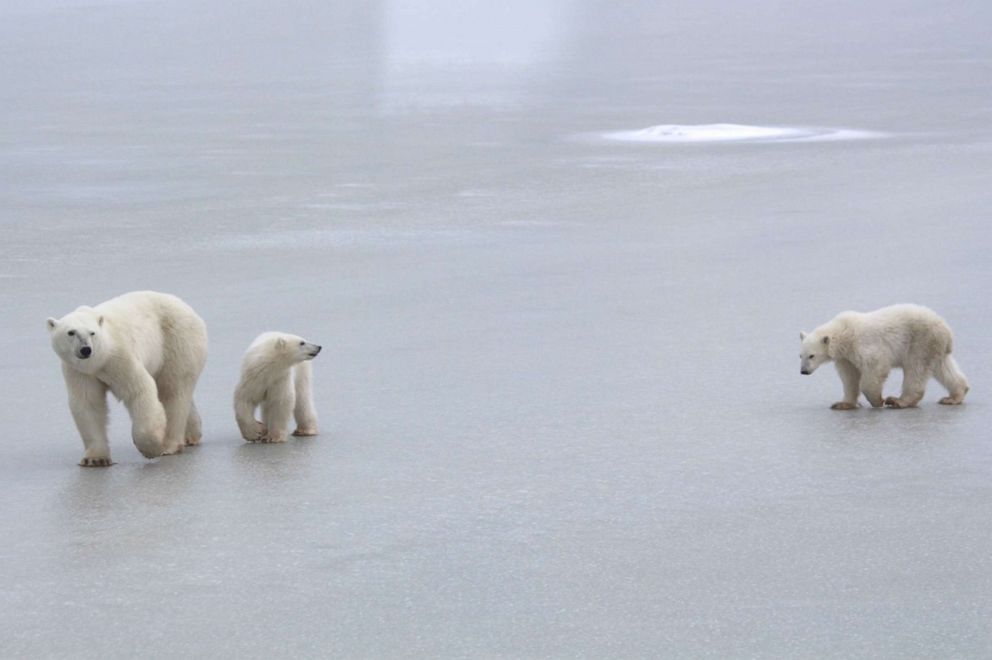
One of the most profound phases of the mother-cub relationship is the moment the mother must leave her cubs, a "really risky and dangerous time for the polar bear, " said.
"We say in the narrative that she knew she had taught her cubs everything she could, which is true," he said. "But at the same time, she has to move on. She has to go and have another set of cubs."
Researchers have found that in more solitary populations of polar bears that have had less access to sea ice, the bears are forced to fast for longer periods of time, Archer said. This has led to a decline of body condition, the decline in the survival of colds and the decline in the overall population abundance, she added.
The bears who live in the most southern regions are more at risk, and there could very well be a time when the subpopulations in the Arctic are the only ones to persist, Archer said. Places like Wrangel Island off of Russia offer a place for polar bears to retreat during times of significant ice loss, where they have access to walrus, York said.
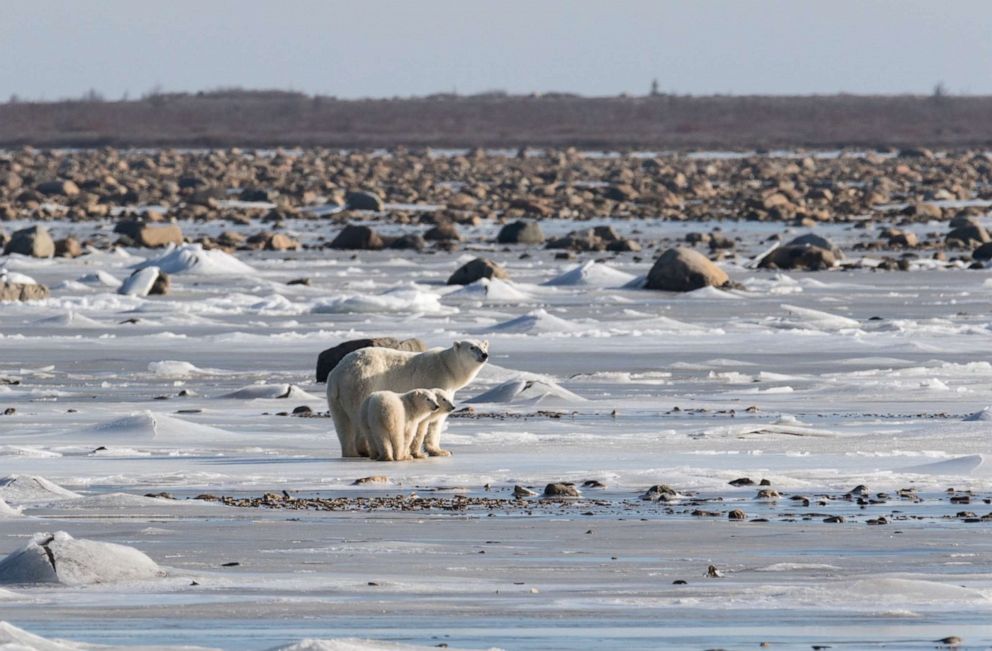
Given the current climate change conditions, the ability for polar bears to feed and survive will become increasingly precarious -- unless they can adapt and learn how to survive on terrestrial land, Archer hypothesized.
"Once the ice is inaccessible to bears, survival of bears is severely compromised," she said.
When Derocher published a paper in 1993 about the potential effects of warming on polar bears, he did not think he would see those effects within his lifetime, he said.
"We thought this is something for future generations far away," he said. "And what has surprised me is that the changes have been manifest in the populations so much sooner than we anticipated."
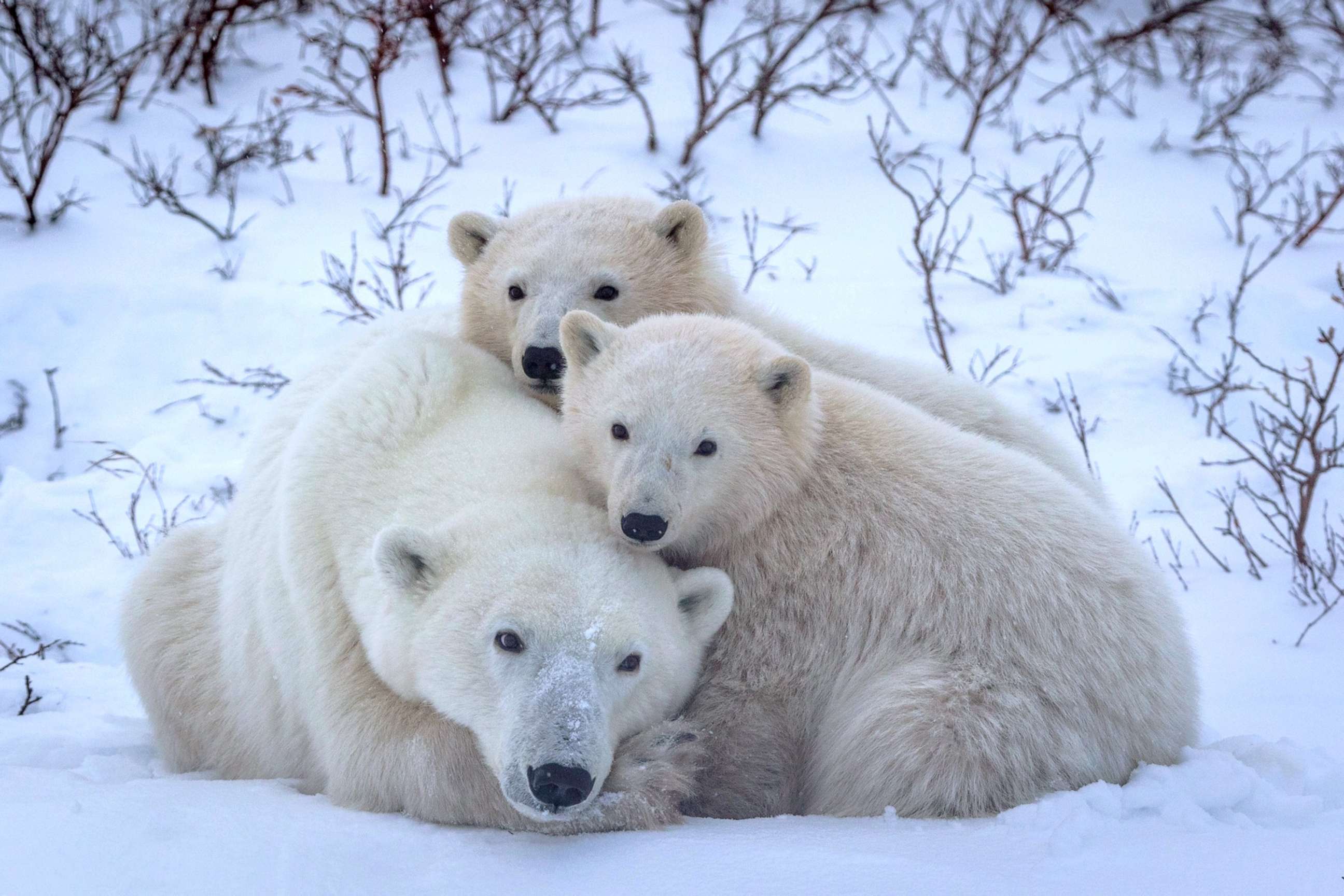
It will be human activity and the ability for it to properly mitigate climate change that will ultimately determine the chances for polar bears to survive, York said. They are currently listed as vulnerable on the International Union for Conservation of Nature's Red List of Threatened Species
"That's directly tied to actions we may or may not take to curb our greenhouse gas reductions," he said.
You can stream Disney's "Polar Bear" starting on April 22 on Disney+. The Walt Disney Company is the parent company of ABC News.




